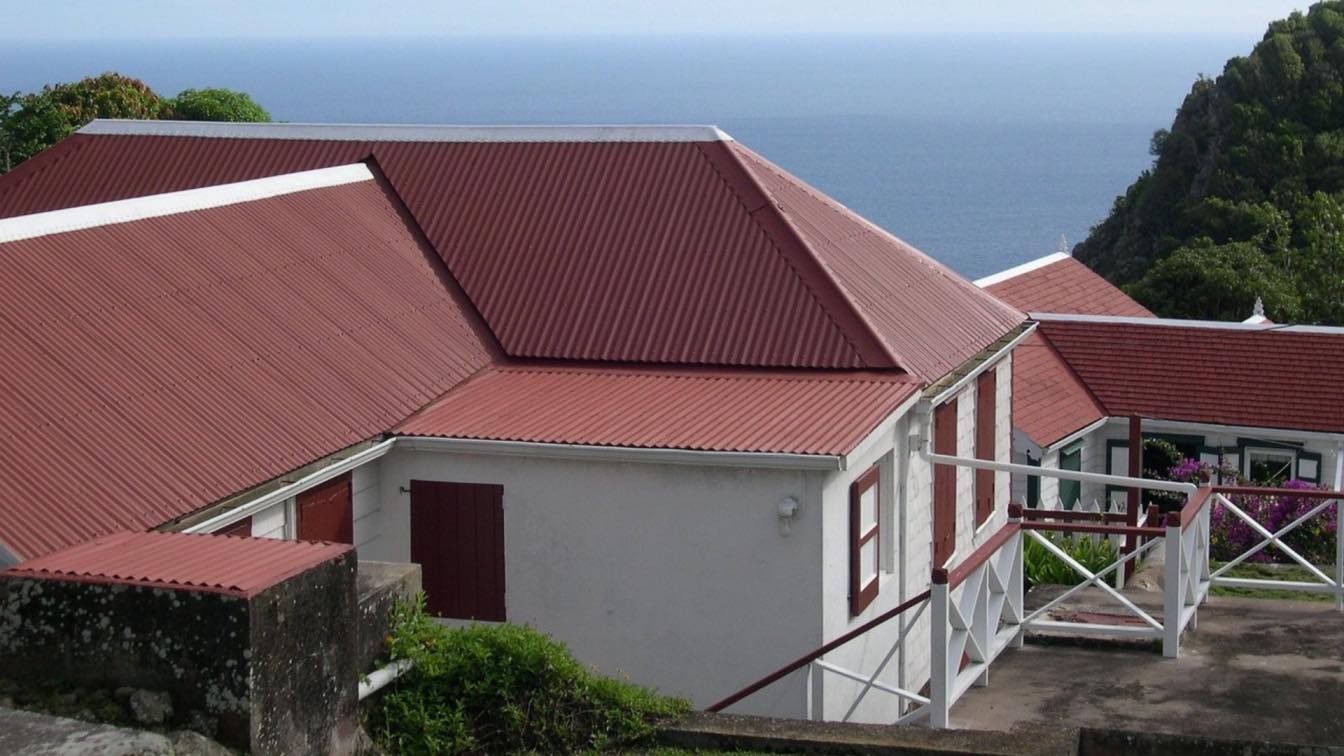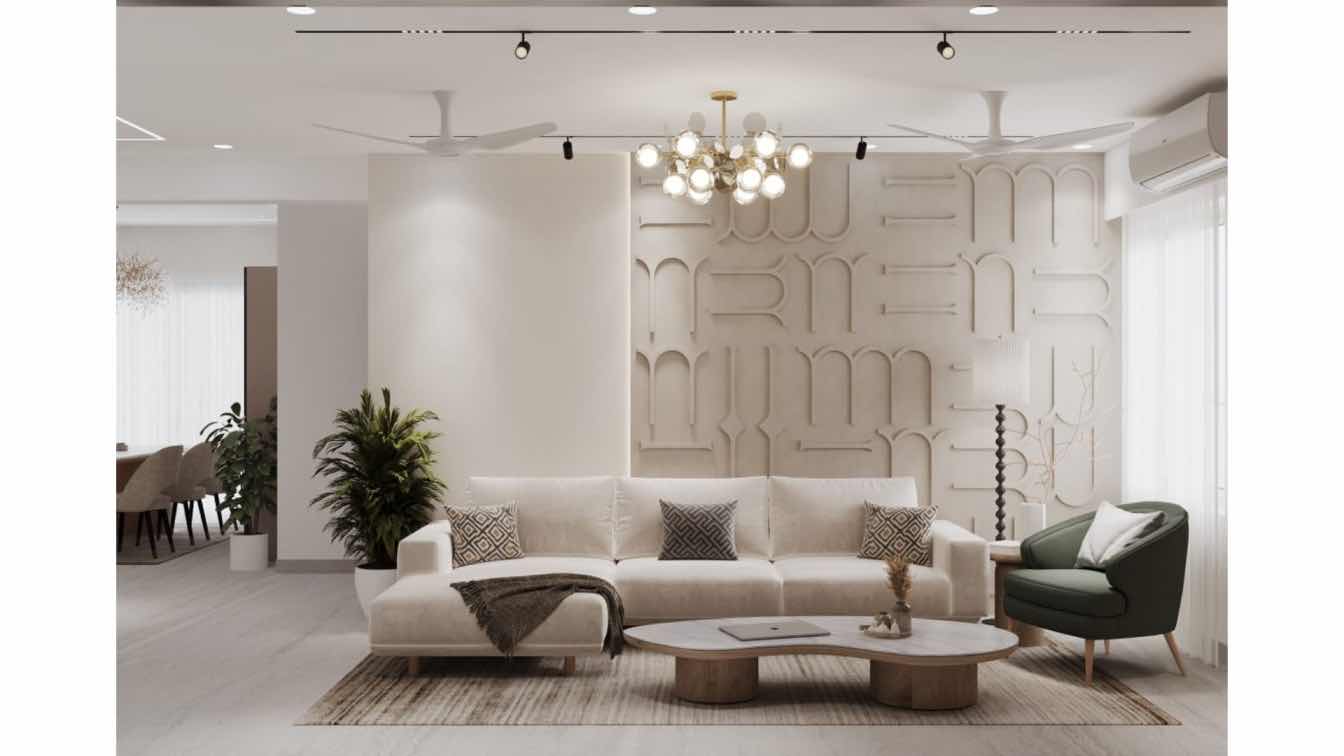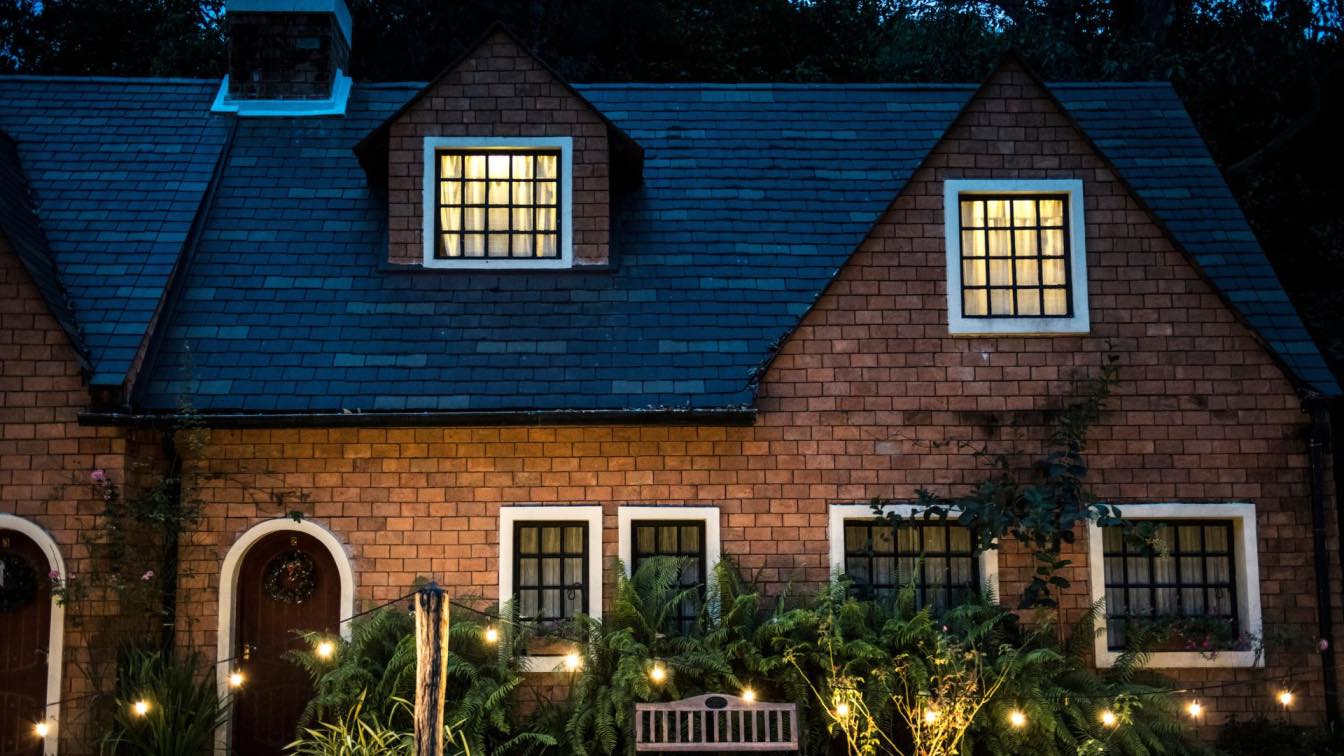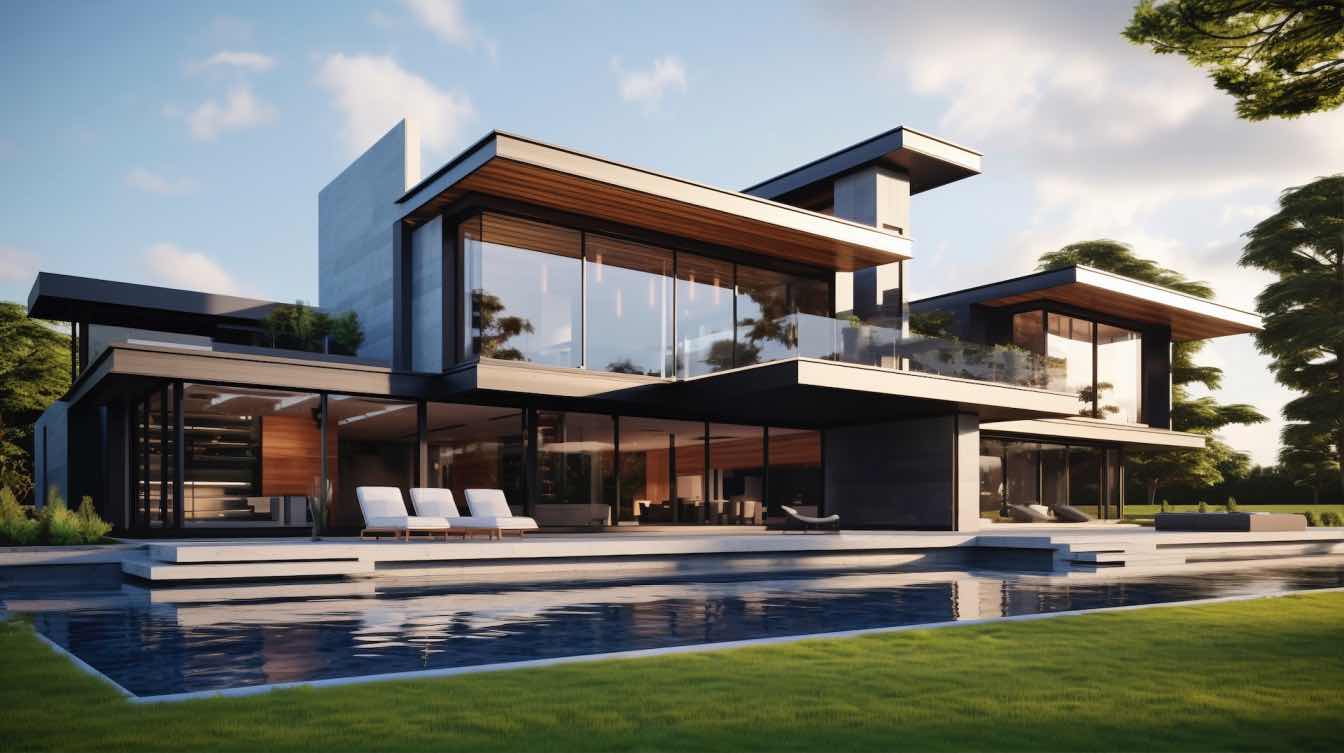Roof architecture and design are an important part of any structure, whether it be a home, office building, or commercial property. A well-designed roof can protect the building from the elements, add aesthetic value to the exterior, and even help reduce energy costs. Understanding the basics of roof architecture and design can help ensure that your structure is well-protected and visually appealing. In this blog post, we’ll provide a quick guide to roof architecture and design. We will also provide some tips on how to choose the best roof for your building. So, if you’re looking to design a roof, keep reading to learn more!
1) Hire Professionals To Design And Install Your Roof
When it comes to roofing architecture and design, safety should always be the first priority. As such, it’s important to hire experienced professionals for the design and installation of your roof. Professionals will be able to assess your building’s structural condition, determine the best materials for the job, and provide an estimate of costs. They can also advise you on any applicable safety regulations or permits that may be required in your area. If you are looking for a Denver based roofing company, don’t forget to verify their credentials and check for reviews online. This way, you can ensure that your roof is safe and sound. Additionally, experienced professionals will be able to guide the best roofing materials for your structure. So, make sure you find the right team for the job.
2) Consider Your Building’s Aesthetic and Practical Needs
It’s important to consider both the aesthetic and practical needs of your building when it comes to roof architecture and design. For example, if you’re looking for a more modern style, then you may opt for a flat roof or sloped roof with sharp angles. If you want something more traditional or classic, then a gabled roof or hip roof could be attractive options. Additionally, keep in mind that certain materials are better suited for different climates and weather conditions than others. For example, metal is often a great choice because of its durability and energy efficiency. On the other hand, shingles are generally best in moist environments since they can withstand moisture without rotting away like wood can.
3) Research Different Materials
When it comes to roofing materials, there are many options available. Ultimately, the best material for your building will depend on various factors such as climate and budget. Asphalt shingles are a popular choice due to their affordability and ease of installation. Slate is also commonly used, although it can be more expensive and require extra support due to its weight. Metal roofs are highly durable and energy-efficient, but they can often be noisy during rain or hail storms. Lastly, wood shakes provide a natural look that many people find appealing but may not last as long in areas with extreme weather conditions.
4) Maintenance Is Key
No matter what type of roof you choose, it’s important to practice regular maintenance in order to keep your roof in top condition. This includes cleaning the roof and gutters regularly, as well as checking for signs of wear and tear such as water stains or missing shingles. Additionally, consider investing in a roof inspection every few years to identify any issues that may need attention. This will help you catch problems early on and prevent costly repairs in the future.
5) Choose the Right Color
When it comes to roof architecture and design, color can make a big impact. It’s important to choose colors that will complement your building’s overall aesthetic. Dark colors can absorb heat, making them a great choice for colder climates. On the other hand, lighter colors can reflect heat and reduce energy bills in hotter areas. Additionally, you may want to pick colors that contrast with surrounding buildings or trees to make your roof stand out. For instance, you could pick a light gray roof to contrast against dark green trees
6) Don’t Skimp on Quality
Finally, it’s important to invest in quality materials and experienced professionals when it comes to roof architecture and design. While you may be tempted to save money by opting for cheaper alternatives, this could lead to costly repairs down the road. Therefore, make sure you find reliable suppliers and contractors that can guarantee the job is done right. That way, you can enjoy a strong, beautiful roof for years to come.
By taking the time to research different materials and hire experienced professionals for the job, you can ensure that your roof architecture and design are both safe and attractive. With a little planning, you can create an eye-catching roof that will last for years to come.





